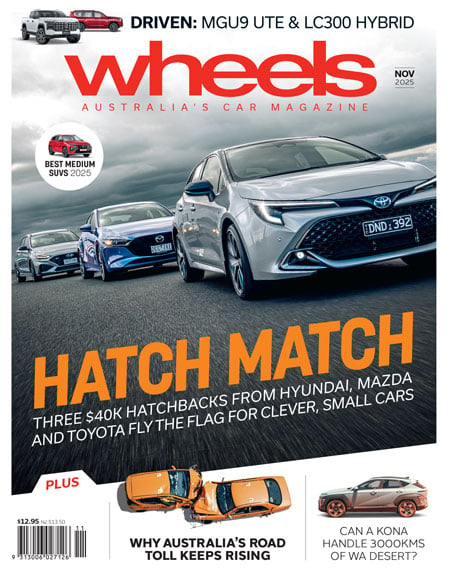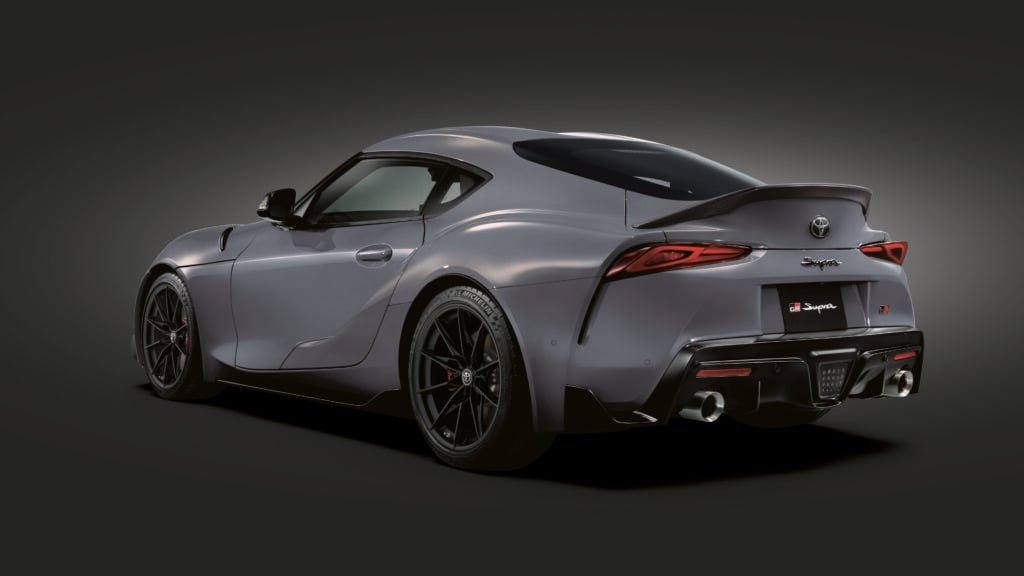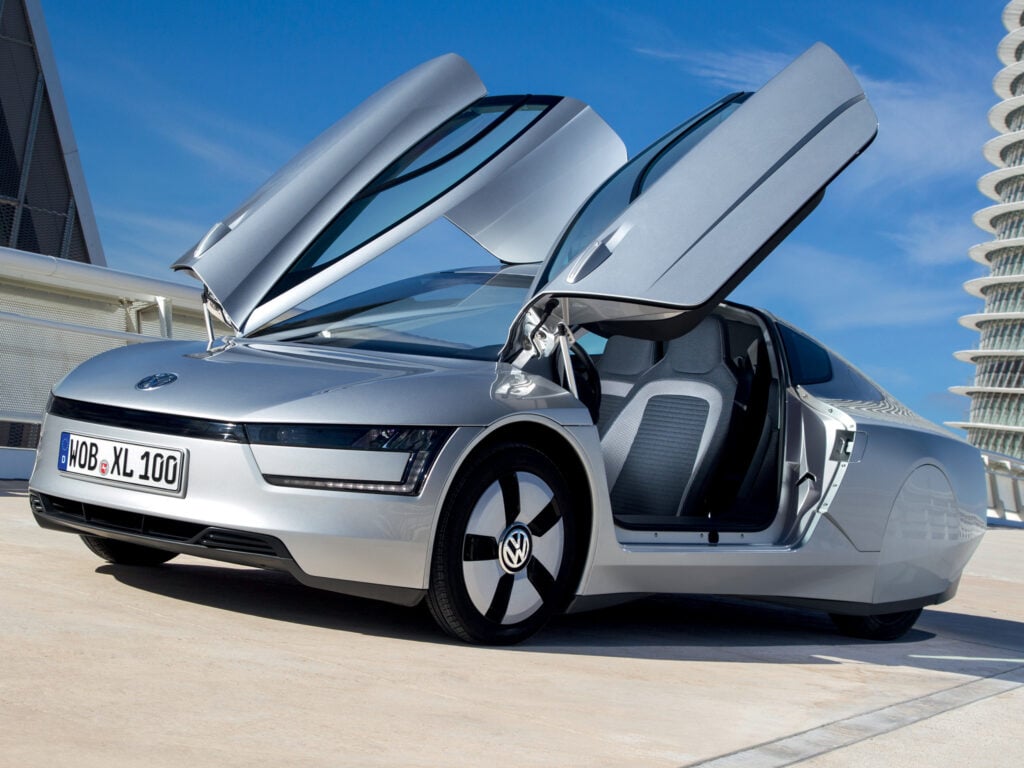There aren’t very many TVR Cerberas in Australia. Why would there be? There aren’t that many in the UK.
From a high of 1023 licensed vehicles there back in 2003, there were only 276 left on British roads by the end of last year.
In other words, the magnificent Cerbera is becoming a very rare vehicle everywhere. Flawed but fabulous, it’s a car with such breathtaking audacity and ambition that it certainly deserves to be saved, so when we tracked down this beautiful Cerbera Speed Six in Melbourne, we were determined to give this Blackpool unicorn its moment in the spotlight.
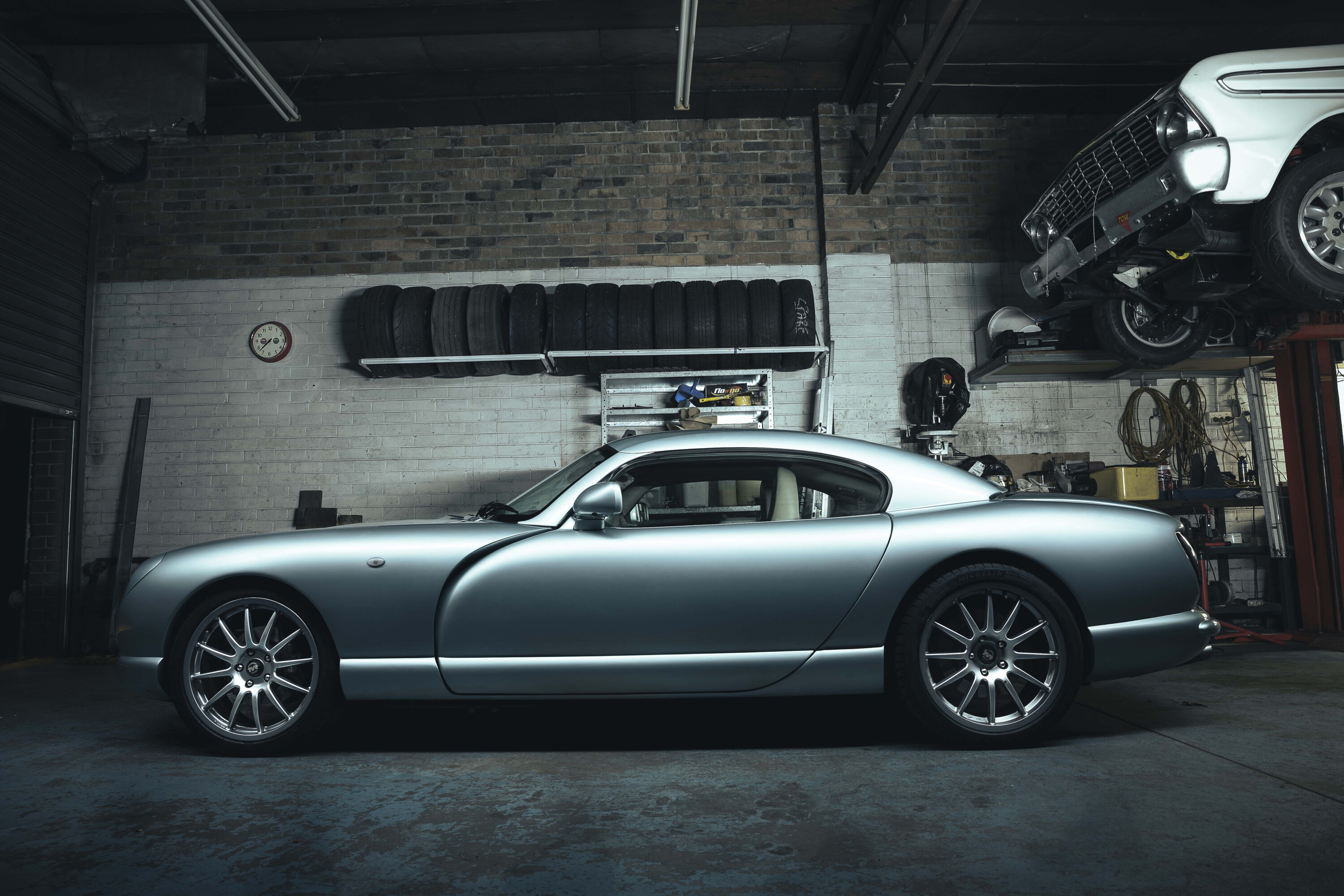
The Cerbera developed a reputation as a metronomically unreliable car. Owners wanted a classic British sports coupe. What they got was a classic British project.
When asked what they would like to see improved on the Cerbera, owners cited better ventilation, rear suspension that was more accommodating, a handbrake that worked, brighter air conditioning LEDs, less wind noise, a better stereo and windscreen wipers, fewer electrical problems with doors and security, a clutch footrest, non-vibrating rear-view mirrors, better rear ground clearance and less brake squeal. Oh, and you only got a one-year warranty from new. That’s if the dealers would entertain your claim.
That was then. It’s fair to say that any Cerbera still perambulating the roads will likely have had most, if not all, of its snagging points fixed at least once by now.

Given that nobody buys a TVR to cover big mileages, they’re now in a comfy spot where they become event cars – the sort of thing you’d take to a car meet, to an owners club event, down the pub of a weekend or just to squirt around when the sun’s out.
After more than 30 years, the Cerbera might have settled comfortably into its niche.
Although the Cerbera was first unveiled in 1993 at the London Motor Show, its lineage can be traced to when then-38-year-old Peter Wheeler parked himself behind the TVR chairman’s desk in 1982. Ironically, it was unreliability that had landed him there. He’d just sold his company, ETA, a business that sold desalination gear to the North Sea oil industry, and his flaky TVR Taimar Turbo was due another visit to Blackpool to be fixed.
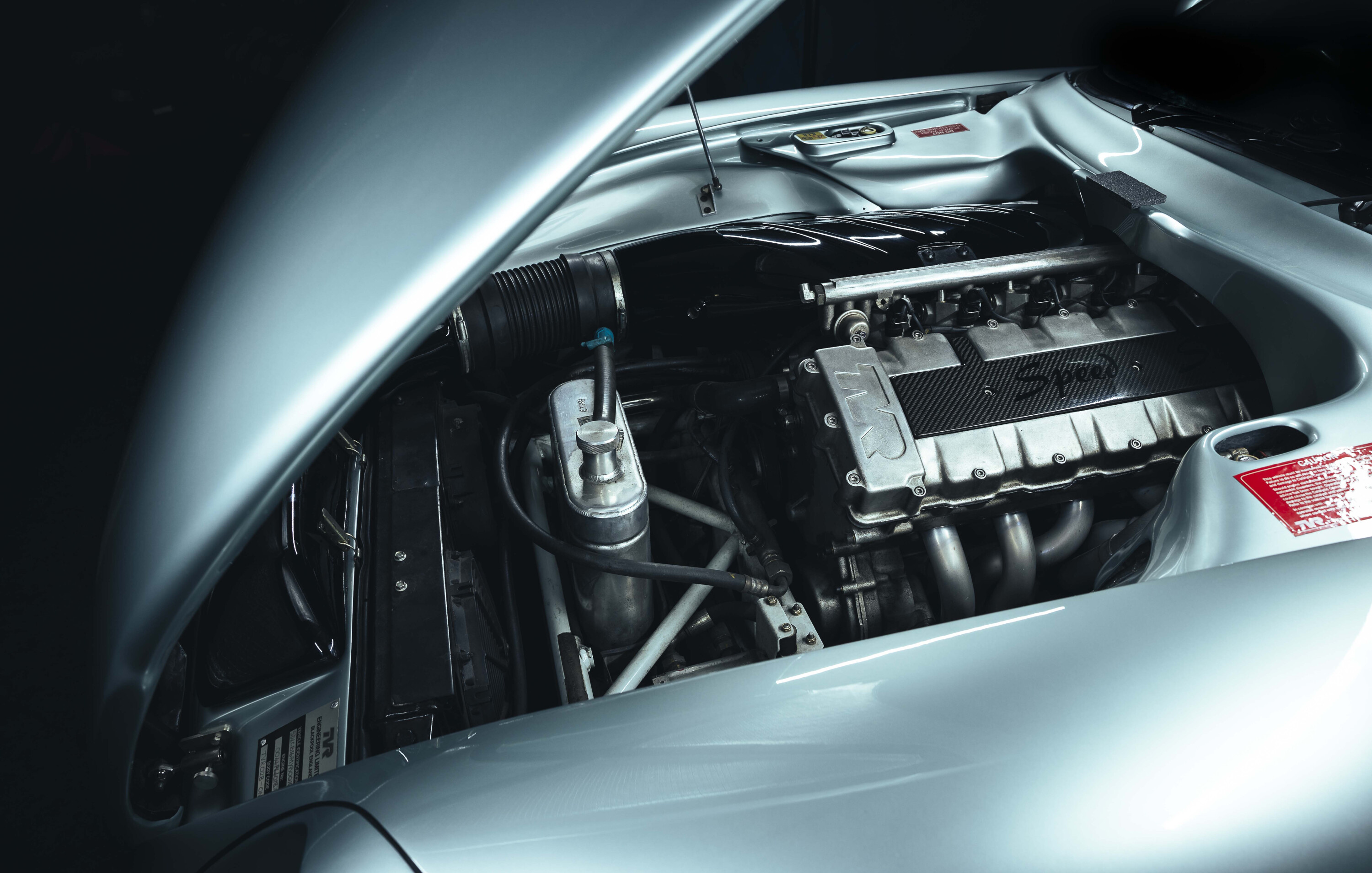
While chatting to staff he had come to know rather better than he had initially expected, he realised that the company was on its uppers. Rather than blow his bulging bank account on a Scottish hunting estate, as was the original plan, Wheeler instead bought TVR.
Out went Ford engines and in came Rover V8 units – a smart and practical decision that helped elevate the company’s performance credentials. The old M Series cars were replaced by the wedge-shaped Tasmin bodies, reaching their apogee with the wild 420 SEAC. In 1988, TVR sourced a 5.0-litre Holden V8 through HSV. The engine was installed in the TVR White Elephant (see Fast Facts below) and whetted Wheeler’s appetite for even higher performance.
A turning point arrived in 1990 with the beautiful Griffith. Gone was the angular wedge design language of the Eighties and in came a classic lozenge-shape, retro-tinged roadster.
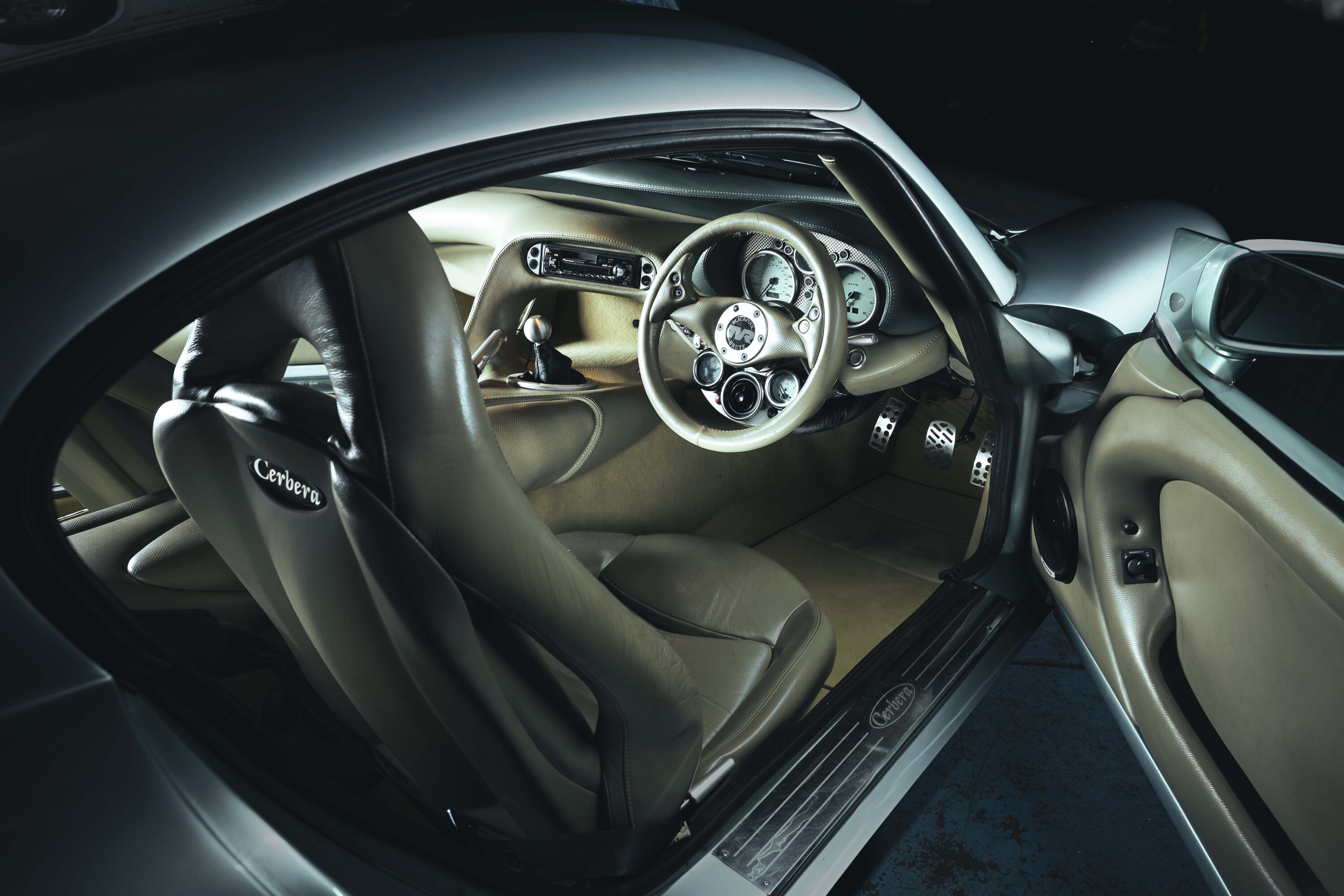
It featured a grunty Rover V8, a bulletproof Borg Warner manual ‘box and not a whole lot else. It was followed by the even more successful Chimaera which saw more than 1000 cars rolling from the gates of the Bristol Avenue plant.
Being deluged in orders from enthusiasts who couldn’t get enough of a great-looking British sports car with aV8 under the bonnet created a moment of extreme ambition. Some would call it insanity. TVR made the decision to start building its own engines and the first car to receive them would be the Cerbera.
While he was clearly a talented chemical engineer, perhaps Wheeler had failed to fully acknowledge the budgets required to thoroughly design, test and build your own engines.
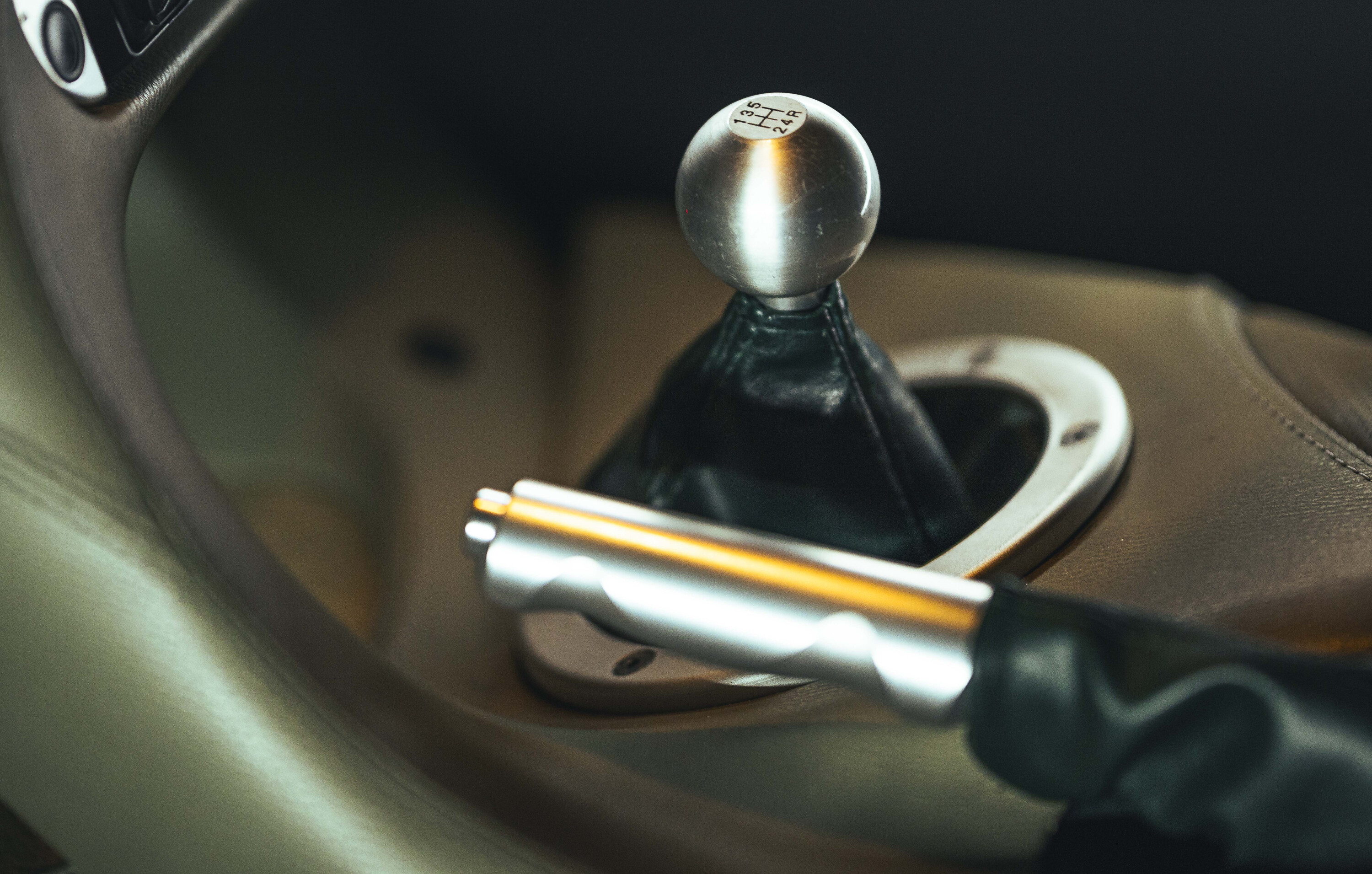
The first engine on display was the Speed Eight – an all-alloy, flat-plane-crank 4.2-litre V8 that was good for 268kW and 434Nm.
That was ample in a car that weighed just over 1100kg, or about the same as a modern MX-5. This later morphed into a 4.5-litre V8 – good for either 313kW or, in Red Rose trim, a hefty 328kW.
Buyers got a limited-slip differential as standard, or could pay extra for a viscous Hydratrak diff. What you couldn’t pay for were anti-lock brakes, traction control or airbags. It was just you to figure out how that torque curve, the Borg Warner T5 manual ‘box, a long-travel throttle pedal and four contact patches made nice with each other. Get it all right, keep the power pouring through its 6500rpm peak and a 4.4-second 0-100km/h time was theoretically possible.

The performance may have been searing, but quite a few of those initial press demonstrators ended up on a flatbed back to Blackpool, plagued with some gremlin or another.
If the decision to build an engine family was bold, that left-brain creativity was on full display in the Cerbera’s design. A long, low 2+2, it shared little with the Chimaera and the cabin still has the capacity to shock. And there are rituals. The steering wheel holds push-button controls for lights, washers, wipers and horn. Once you’ve worked out which switch does what, it’s surprisingly intuitive.
The back seats are best reserved as additional luggage space, unless you plan to make a habit of transporting people who have no heads or legs. There is, however, a surprisingly generous amount of stowage space around the fascia.
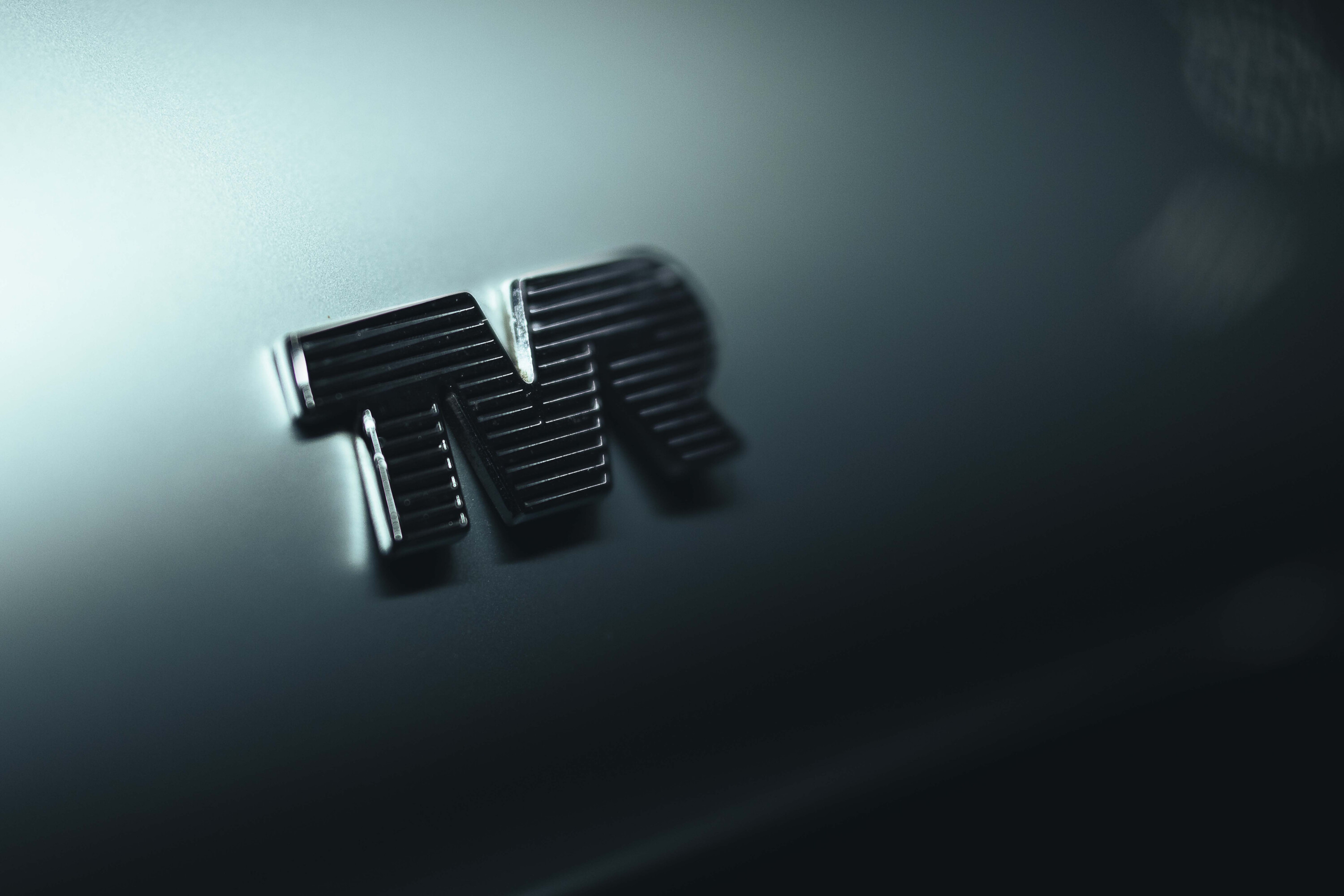
Before you take a test drive in the Cerbera, it’ll boost your credibility enormously if you know the procedure for getting out of one. There’s no internal door handle.
Where the Griffith used a little lever on the transmission tunnel and the Chimaera had a rotating aluminium pastille next to the gear lever, the Cerbera has something different. On the door’s side pocket is a tiny button which you’ll need to press to make the door spring open.
To get in you must deactivate the alarm and press a button on the underside of the door mirror. To start the car, press a black button below the fuel gauge. Hold it in, wait for the electronic diagnostics to do their stuff and then listen to the engine spring into life. Pressing the red button under the steering wheel cuts the ignition. The engine stops instantly, like a racing car.
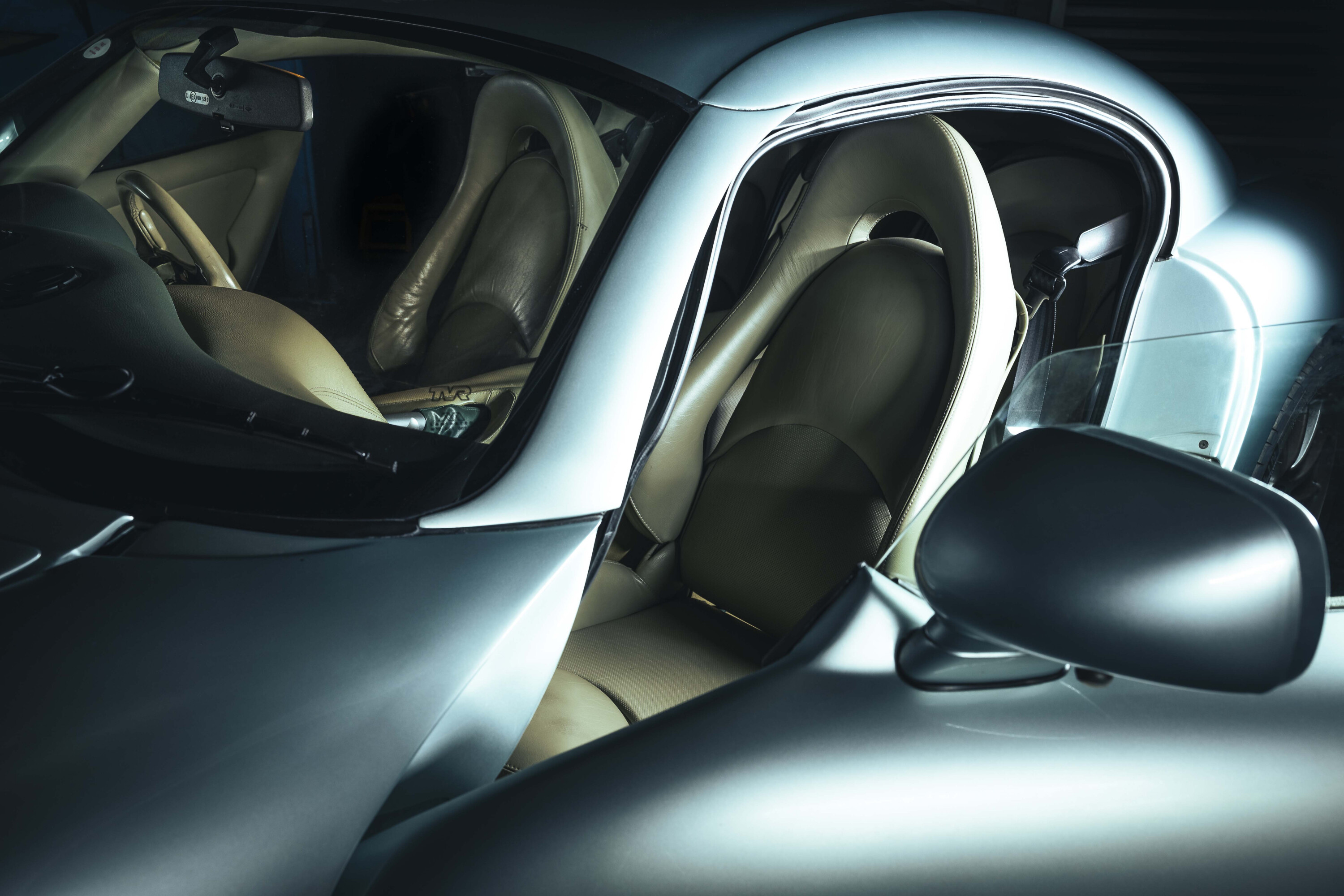
Perhaps the more interesting engine that TVR developed was the Speed Six, which debuted in January 1999.
Until the Porsche 996 GT3 arrived, the 4.0-litre Speed Six was the most powerful normally-aspirated six-cylinder engine in the world, good for 261kW at 6800rpm and 447Nm at 5000rpm. Another Al Melling design, its genesis was troubled, with TVR’s engineers at times overriding Melling’s design work and altering his specifications, often with little to no consultation.
Melling had initially proposed a turbocharged V6 to Wheeler, a move that was rejected due to its two-valve head design. Wheeler wanted a straight-six reminiscent of the old XK Jaguars and Bentleys. A power figure of 298kW at 7000rpm was originally mooted.
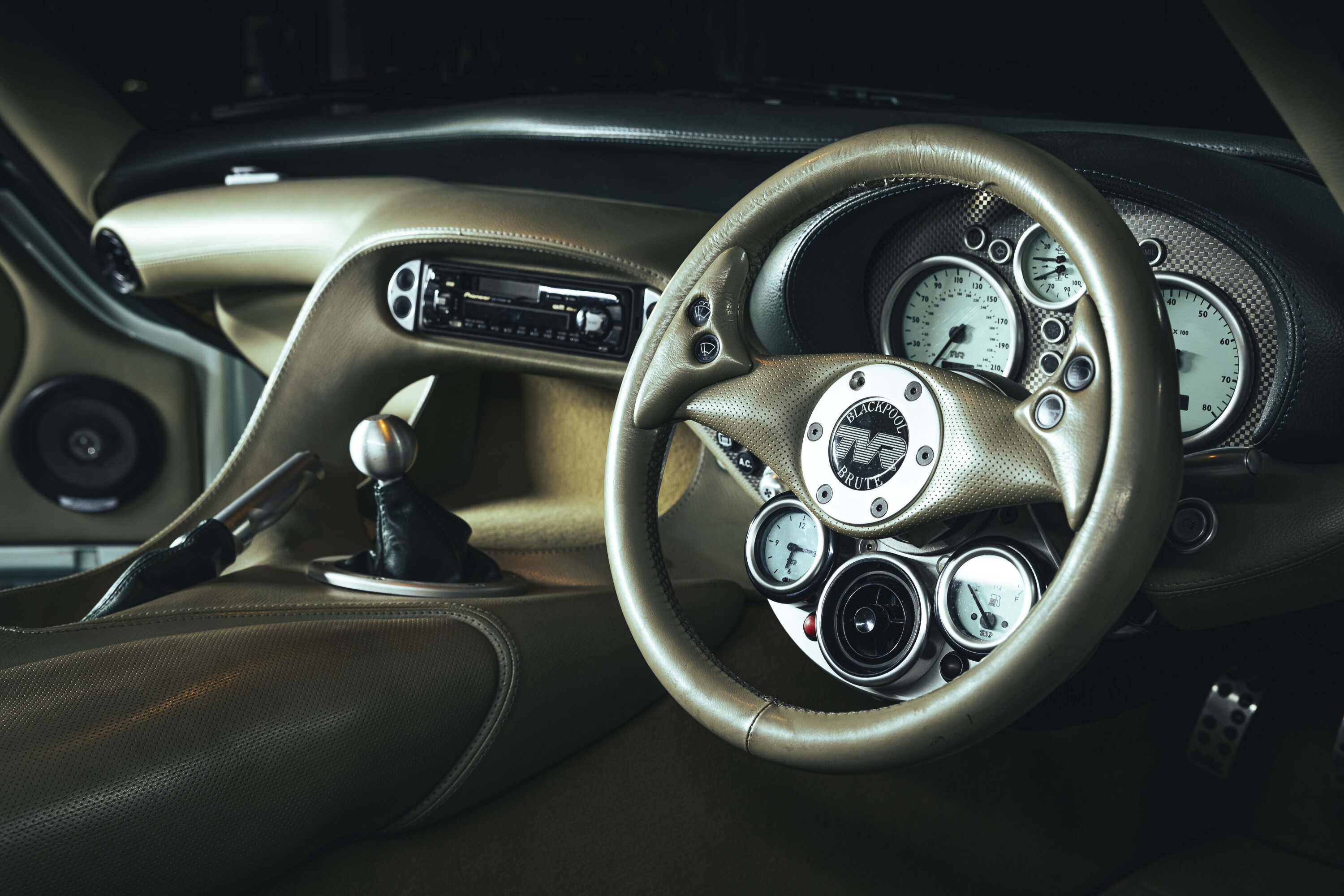
The best of the opposition was making 89kW per litre from a normally-aspirated six. In the end, Melling settled on a design that had been seen on his previous work on the Suzuki GSX motorbike engine: the same oil-cooling architecture, the same twin overhead cams with finger-type followers.
A quick calculation yielded a potential output of 97KW per litre. The size of the 24V cylinder head, with those followers and springs, was going to be the issue, so in order to keep weight down, it all had to be built from aluminium.
This was becoming a seriously exotic piece of engineering. Melling insisted that despite having certain racing design cues, that the AJP6 would only ever be a roadgoing powerplant. The basic design just wasn’t structurally tough enough to cope with the rigours of competition.
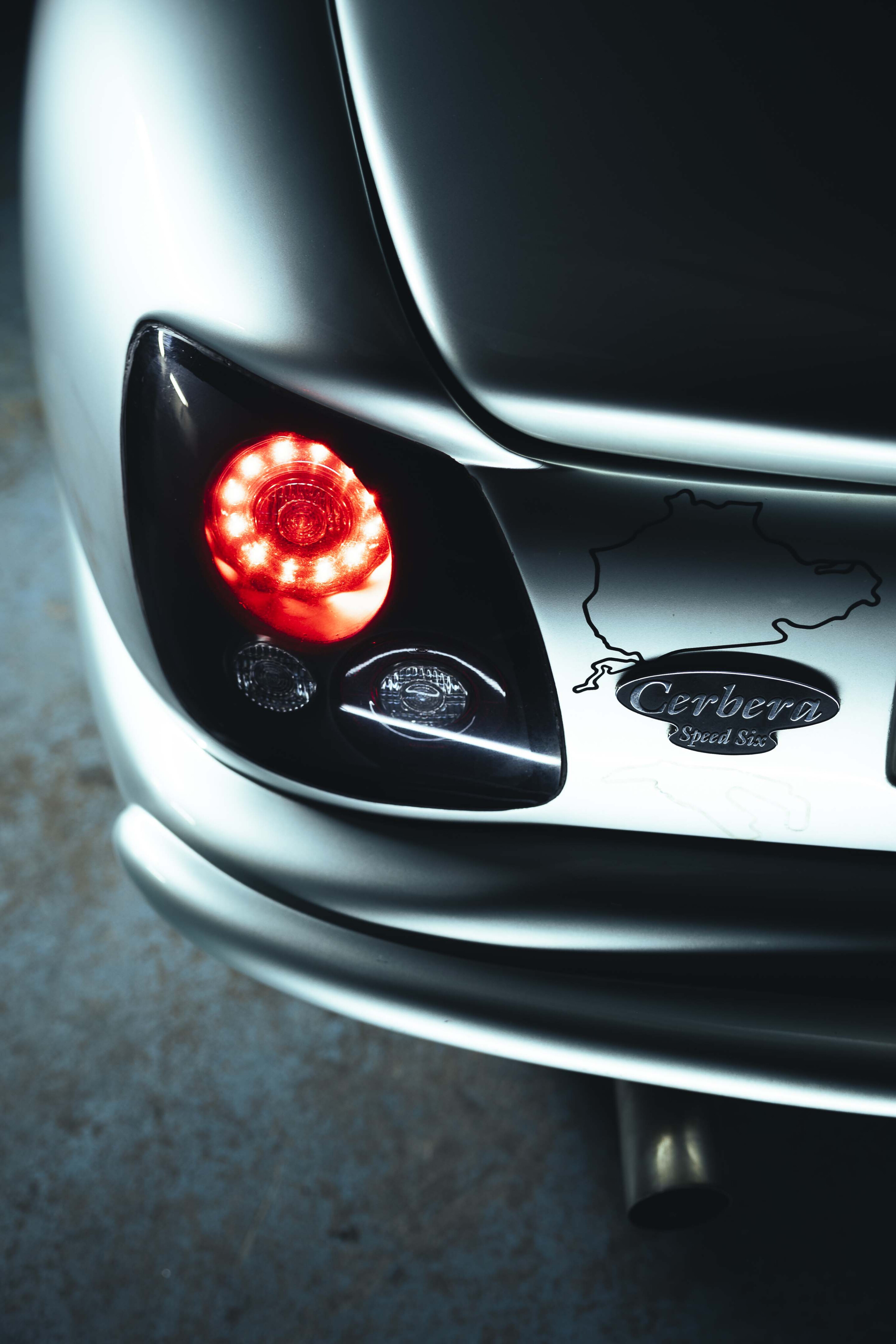
Things weren’t helped when TVR’s engine development team altered the placement of the camshaft. And then insisted on water cooling rather than Melling’s clever oil-cooled design.
The engine was canted over in the engine bay to aid oil flow in the head. When siting the engine in the bay, a crossmember meant that there was no space for a traditional wet sump so, much to Melling’s delight, a dry-sump system was engineered, something he had wanted at the outset but had initially been told there was no capacity for.
TVR’s engineers – a team that Melling dismisses as “the undergrads” – then started further fiddling with the engine. The oil filter position was changed, with the effect that oil flow to the drilled pathways on the inlet side of the block casting was fine, but the drilled holes were removed on the exhaust side, strangling lubricant flow to the cams and finger followers.
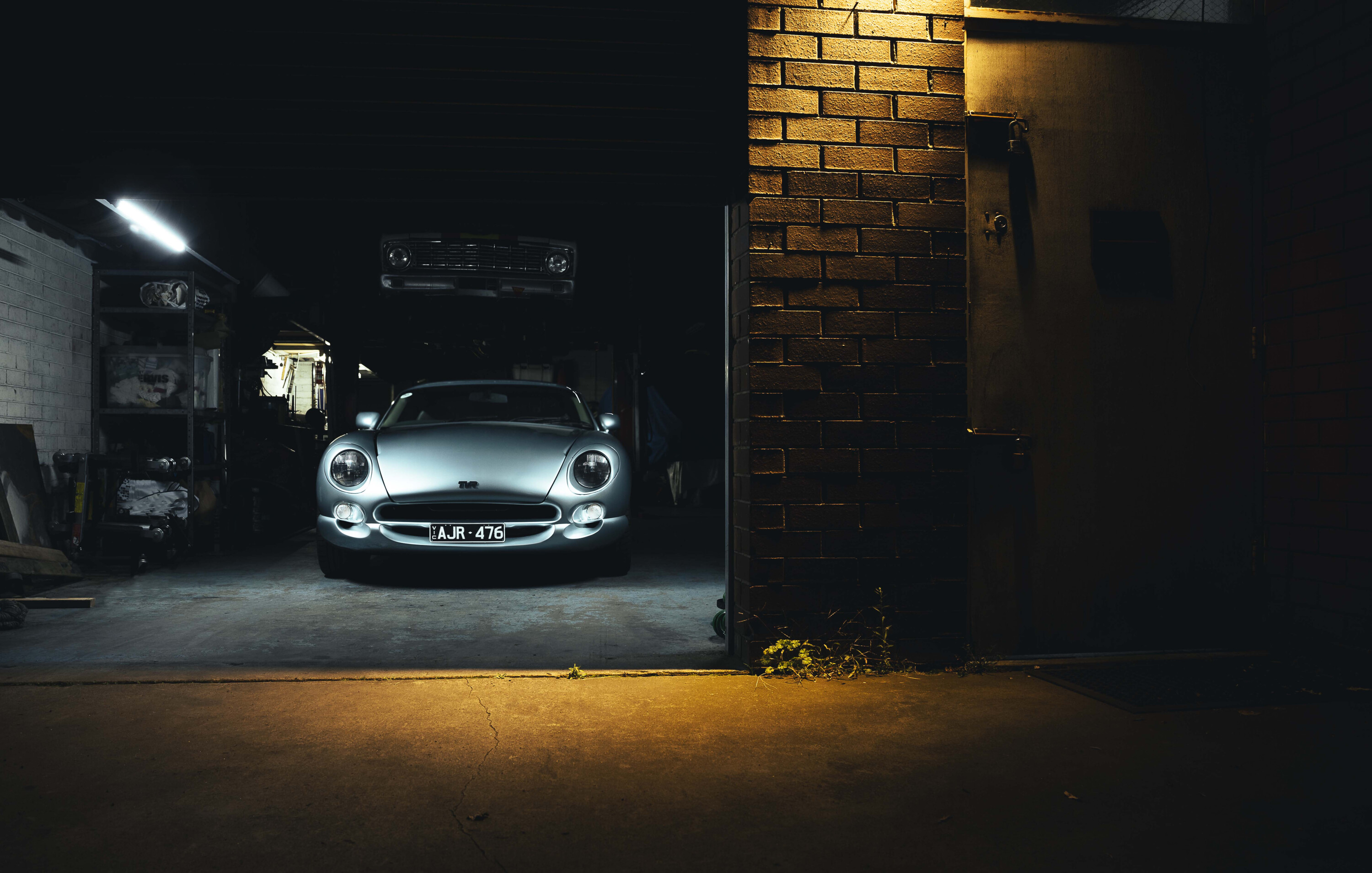
Construction materials, cam profiles, combustion patterns and the positions of the cams over the valves were all changed in-house, with the result that Melling eventually insisted that TVR take his company MCD’s imprimatur off the production engines and that the AJP6 be renamed.
In Melling’s view, the engine was ruined, and dealers were soon flooded with questions from owners that the putative engine designer was in no position to answer. The headlines wrote themselves in the automotive media: Wheeler’s hubris had come back to bite him. Thing is, that wasn’t anything like the whole story.
The good news is that there are those who can, in effect, retro-engineer the Speed Six to Melling’s original, or near original, specifications. No, they can’t have the six-speed sequential gearbox that was originally envisioned, but the problems with the Speed Six’s lubrication are solvable.
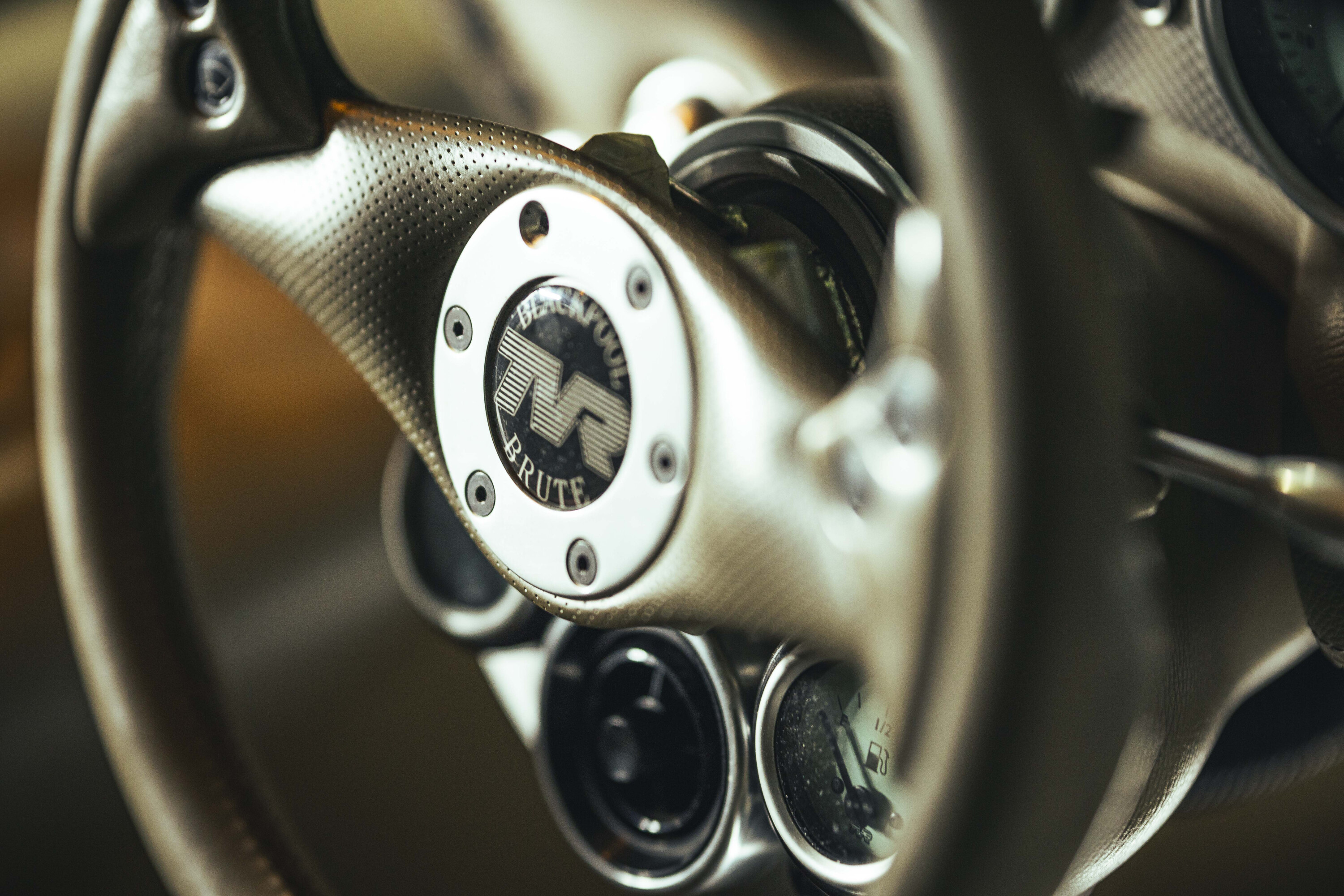
Later versions of the Speed Six would develop up to 303kW in the Typhon, Sagaris and Tuscan S.
In 2000, TVR tweaked the Cerbera formula, replacing the classic round lights with an ungainly compound unit, in order to create a family resemblance to the Tuscan. The 4.5-litre cars were also offered with a lightweight option, comprising lighter body panels and a reworked interior. Then there was the outlandish but stillborn Speed Twelve, which is probably another story for another day.
So what’s it like to run a TVR Cerbera in Australia? ‘Involving’ might be the best answer. Owner Andrew McCarthy has clearly put considerable effort into fettling this Speed Six.
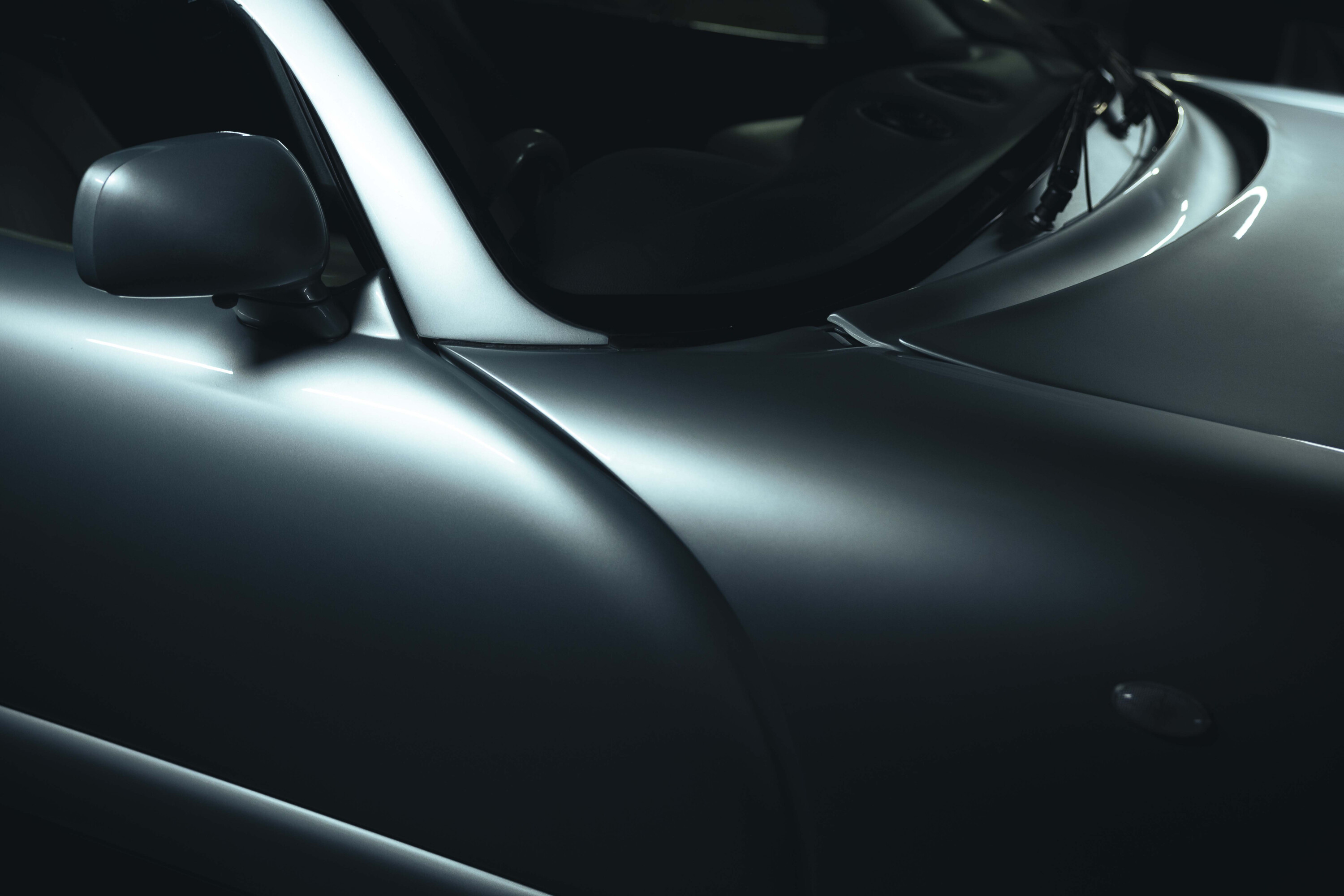
Since he acquired it, he’s brought the car back to near showroom spec by replacing worn shells, shot synchros and tired carpets, and then gone on to rectify many of the issues that TVR never seemed inclined to.
Key to that exercise was acquiring the original blueprints with parts numbers from a source in the UK. From there, McCarthy was able to rectify the rod ratio, change the halftime bearings and throttle-position sensors. He also realised that the finger followers fitted to his engine were 25 percent smaller than those shown on the blueprints and installed an additional flexible oil line.
He uprated both front and rear springs, finding that an extra 25lbs in spring rate worked a treat. The cable stretch on the handbrakes of the Cerbera is a recurring issue that will need some more thought.
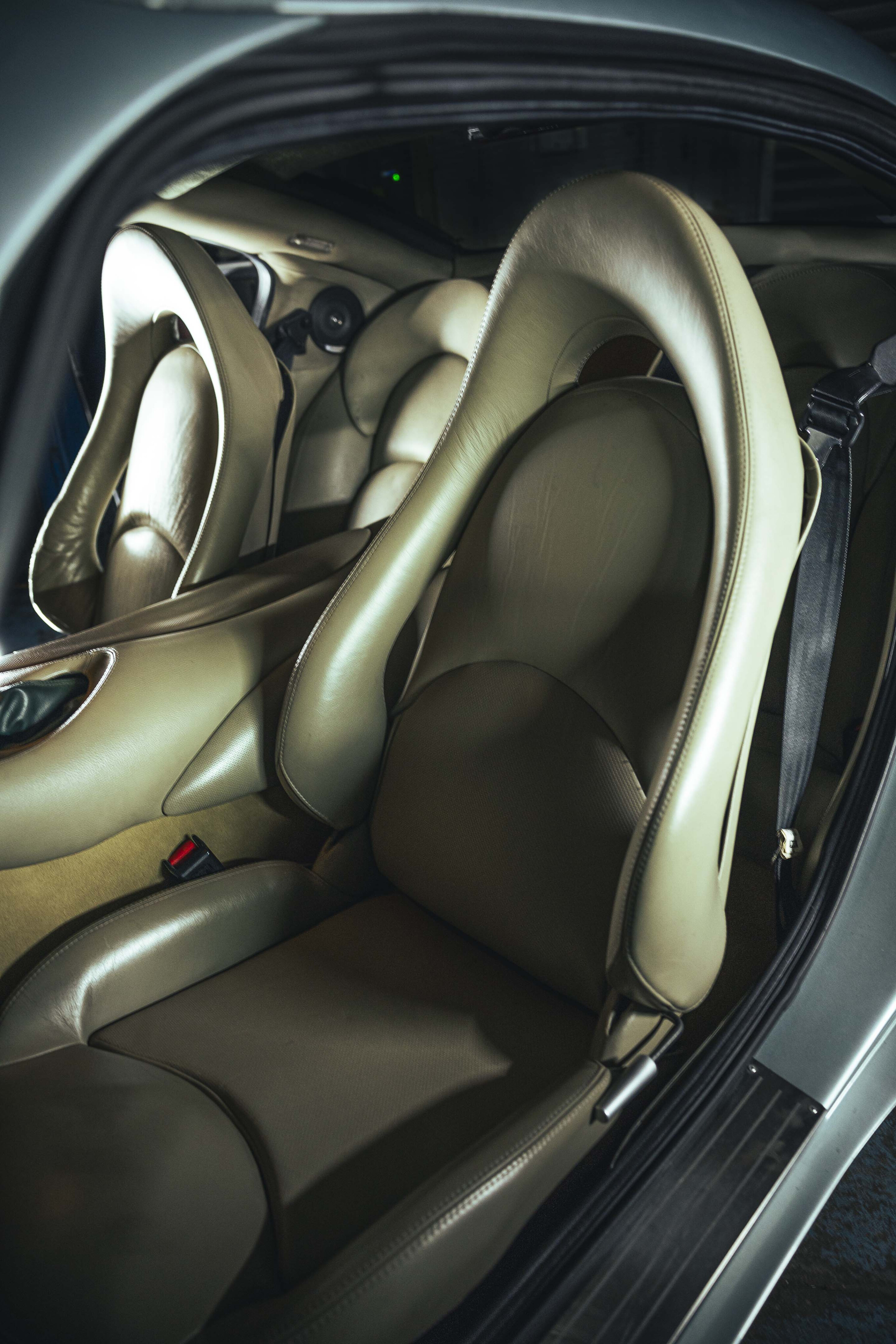
“I’ve done about 10,000km in it now,” he says. “The six is such a fantastic-sounding engine. Not even Lotus designed and built their own engines.”
He claims it’s a wonderful engine to work on although “getting to number six spark plug is a pain” due to the engine being set so far back in the bay. With a background in open-wheeler racing, it’s clear that he’s across the issues of this engine and takes great satisfaction in problem solving.
“I can understand Al Melling being a bit precious about his design,” he notes, pointing out that the lubrication issues don’t tend to be a problem if the engine gets some revs, but acknowledges that the original Indian-sourced cam lobes could have been more durable, hence his workaround oil line.
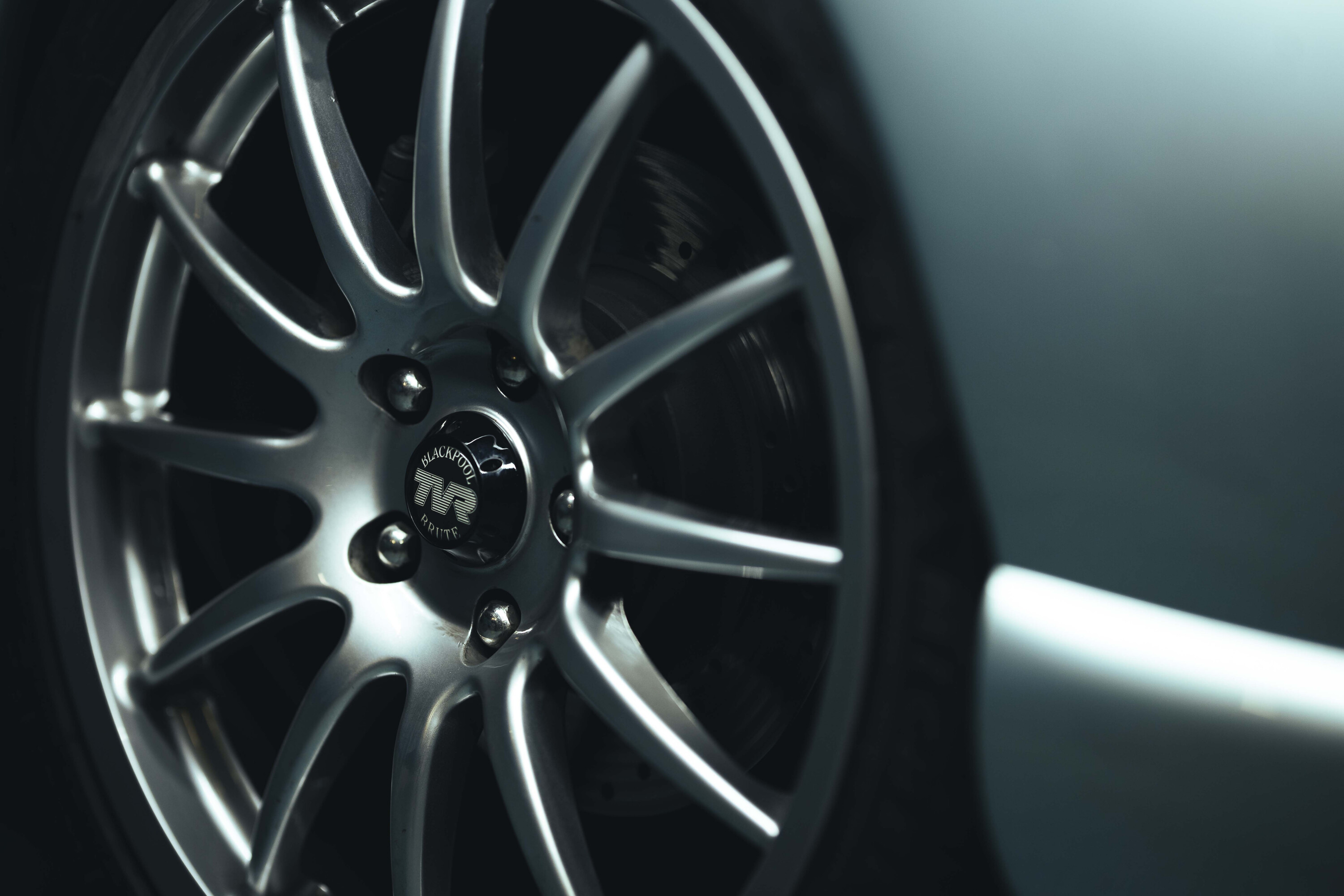
“Parts are fairly readily available from the UK but the LEDs in the dash can be problematic,” he notes. “I recently had a low-speed bump in traffic and damaged the bonnet. Rob at South City Motors in Southbank was able to do wonders with the fibreglass repair, fixing all the cracks in the gel coat.”
Indeed, McCarthy is a typically well-informed owner. The Cerbera is not a car for the mechanically timid, and a close-knit network of capable enthusiasts has taken advantage of the price softness that has stemmed from its somewhat unnerving reputation.
Should the idea of a beautiful, charismatic and exotic 2+2 that always offers an opportunity to get hands on with the tools appeals to you, there’s a lot to be said for the Cerbera. Know what you’re getting into and you’ll be richly rewarded.
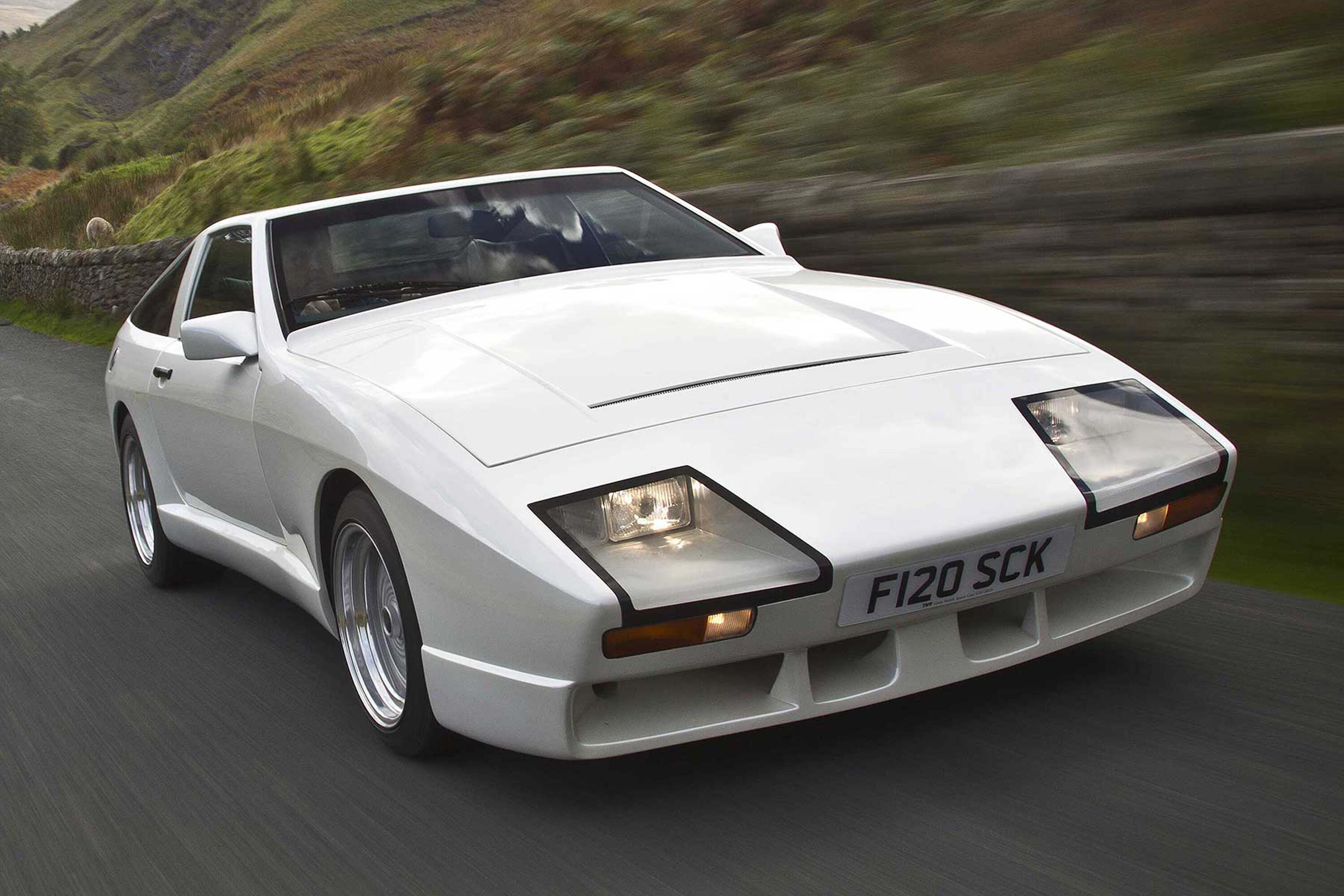
Fast facts
The ‘White Elephant’ is a one-off 1988 TVR prototype powered by the same 5.0-litre V8 Holden engine from the VL ‘Walky’.
It was commissioned and driven for 18 months by Peter Wheeler, who came to the conclusion that the wedge-shaped styling was too similar to the outgoing Tasmin and that the logistics around sourcing the Aussie engines could also be an issue.
As a result, the the project was shelved and, 12 months later, the TVR Griffith was born, spawning a modern-classic design philosophy that would lead to Cerbera. The Elephant was rescued from a dumping ground at the rear of the factory two weeks before Peter Wheeler sold the company to Nikolai Smolensky in July 2004.
| TVR Cerbera Speed Six | |
|---|---|
| Engine | 3996cc 6cyl, dohc, 24v |
| Max power | 261kW @ 6800rpm |
| Max torque | 447Nm @ 5000rpm |
| Transmission | 5-speed manual |
| Weight | 1130kg |
| 0-100km/h | 4.4sec |
| Price (now) | from AUD $65,000 |
We recommend
-
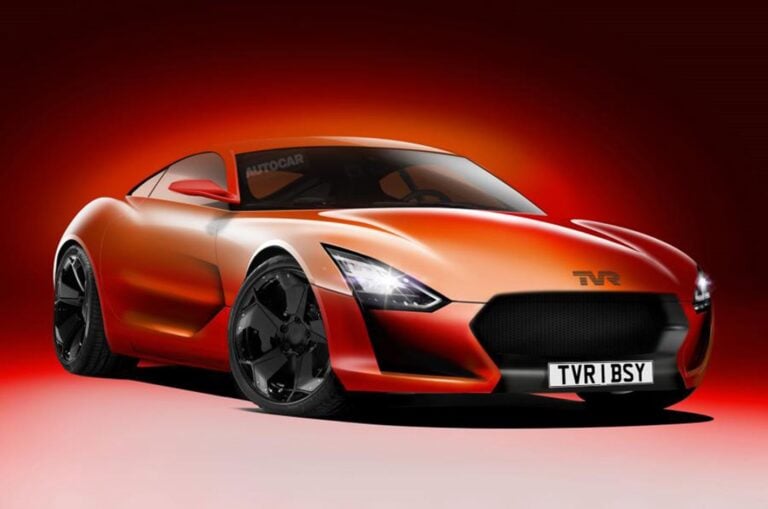 News
NewsTVR returns with new V8 sports car
Powered by Cosworth, engineered by Gordon Murray
-
 News
NewsTVR Griffith revealed at Goodwood Revival
Legendary British marque returns to the road after a long hiatus
-
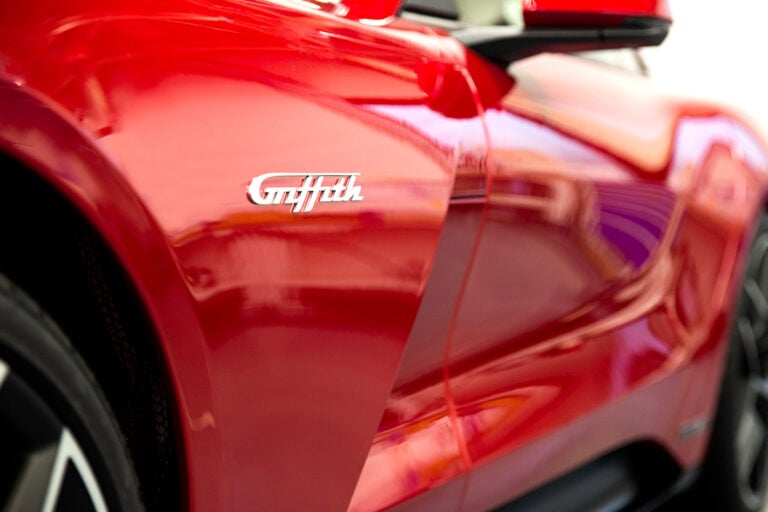 News
News2024 TVR Griffith EV announced, but promises are wearing thin
TVR says its new-generation Griffith is still coming, four years after it was meant to launch



